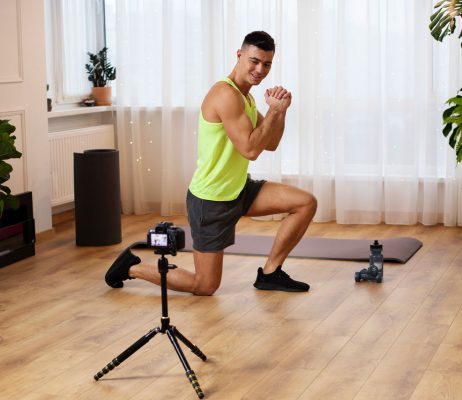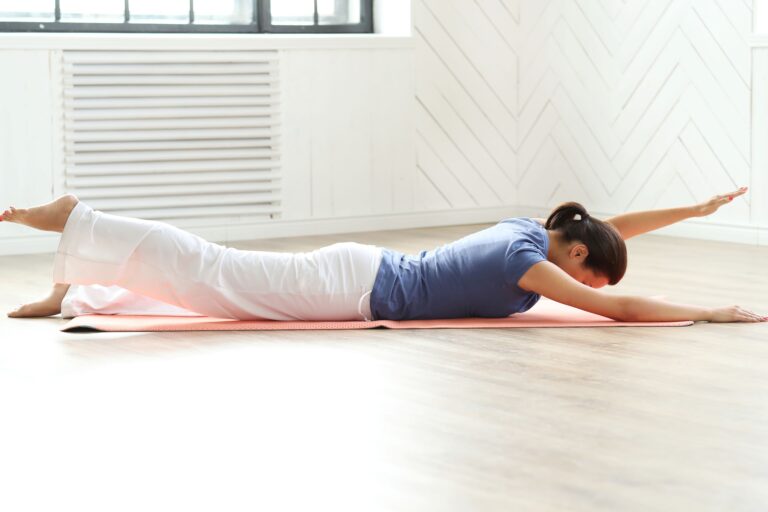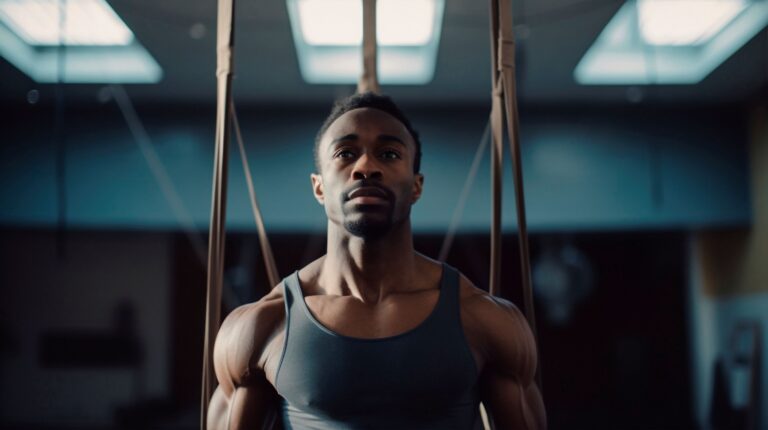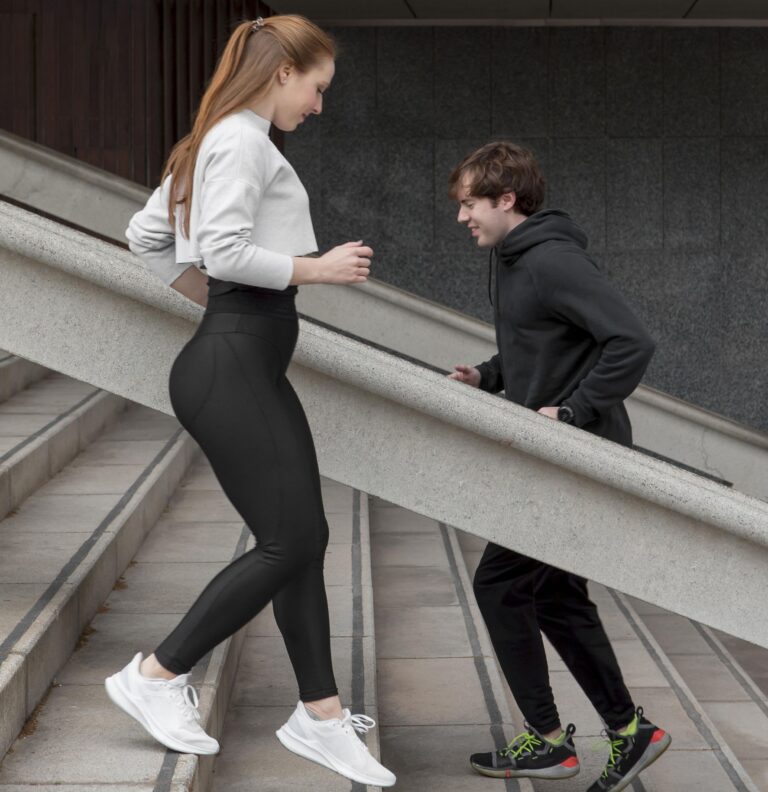About Us
Endless Summer Fitness is a blog for fitness beginners, novices, and seasoned warriors.
Our workout routines feature calisthenics, plyometrics, exercise bands, light dumbells, and outdoor activities.
At Endless Summer Fitness, we discuss fun and achievable ways to increase strength, improve mobility, decrease stress levels, and reduce the risk of muscle injury and joint pain. We also provide healthy nutrition articles.
The goal of Endless Summer Fitness is to help individuals feel good physically and mentally and look their best during their fitness journey.

Flexibility & Mobility
Improving your mobility can help you work out for longer, reduces joint pain, and can reduce the risk of injury.

HIIT & Plyometrics
Plyometric exercises are powerful aerobic exercises used to increase your speed, endurance, and strength.

Lower Back & Spinal Stenosis
Walking is a good exercise for spinal stenosis. It’s low impact, and you control the pace and distance.

Muscular Strength
Muscular strength is the amount of force you can put out or the amount of weight you can lift.

Reconditioning
Reconditioning is a strength and fitness program that bridges the gap between traditional physical therapy and a patient’s safe return to full sporting.

Nutrition
Nutritional Fitness is the ability to sustain your performance through foods, dietary supplements, and beverages in adequate quantities, quality, and proportions
Endless Summer Fitness
FAQ
- A 20-30-minute exercise is proven to be effective and can often generate even better results than a 60 or 90-minute session. It’s all about the relative intensity put in and the combination of resistance training and cardio.
- For example, as long as the routine has some explosive and compound movements elements, along with full-body active engagement, proper form, and the right amount of intensity, you will start to see impressive results.
- Target heart rate – See workout intensity tools below #13
- Rate of exertion – Monitor your body’s physical signs during each activity. Look for increases in the following; heart rate, level of breathing, muscle fatigue, and sweating. On a scale of 1-10your goal is to remain at a level of 4-7.
- Talk Test:
- if you can talk or sing without taking deep breaths = low intensity (1-3)
- If you can speak but cannot sing = moderate intensity (4-7)
- If you try to talk but cannot catch your breath = high intensity (8-10)
- Beginners often neglect to get a physical evaluation from a health professional or fitness specialist. A qualified professional can help you determine what exercises you may need or avoid (when starting), based on any physical limitations or muscle imbalances you might have.
- Beginners sometimes start with intense outdoor runs. Don’t begin jogging on the pavement right away. Your joints may not be ready. Ease into a running routine by walking, riding a bike, or even walking in place. Treadmills, stationary bikes, ellipticals, and rowing machines are also ideal for easing joint impact when starting.
- Beginners often don’t have a plan or specific goals. Avoid going to a gym and randomly picking up weights and sitting on the closest machine. Instead, CrossFit professional Ben Bergeron recommends using the SMART method, specific, measurable, attainable, relevant, and time-bound.
- For example, if your target is to get to 25 push-ups, try to see how many you can do right now. Set a target date for when you plan on reaching it. The plan will help you get there. On the date, test yourself to find out if you are at, below, or beyond your set target.
- Beginners and the experienced alike often neglect to warm up and to stretch. Michele Olson, Professor of Exercise Science, says warming up can help prevent injury, fatigue, and even uneven heartbeats. Stretching helps with improving core muscle engagement and overall balance. Stretching also helps to return ligament and tendon elasticity.
- Nobody needs to workout seven days a week for 2 hours at a time!
- 2-3 days p/week will get the job done. The time in between each day of training will allow your muscles to rest. And that is when the actual muscle growth and toning takes place.
- For those who like to work out more, always be sure to give your muscles and joints enough time to rest before adding additional stress to those areas.
- The Department of Health and Human Services recommends at least 150-300 minutes of moderate aerobic intensity or 75-150 minutes of intense aerobic movement a week, or a combination of moderate and higher intensity training.
- When your clothes begin feeling a little looser around the waist, you know you are on the right track. When you start to feel more energized, needing less rest than before, and your overall strength is increasing, things are improving. Most importantly, Lindsey Tigar says that you have now adopted the health and wellness lifestyle as your own when you can’t wait to get to your next workout.
Our Gallery














